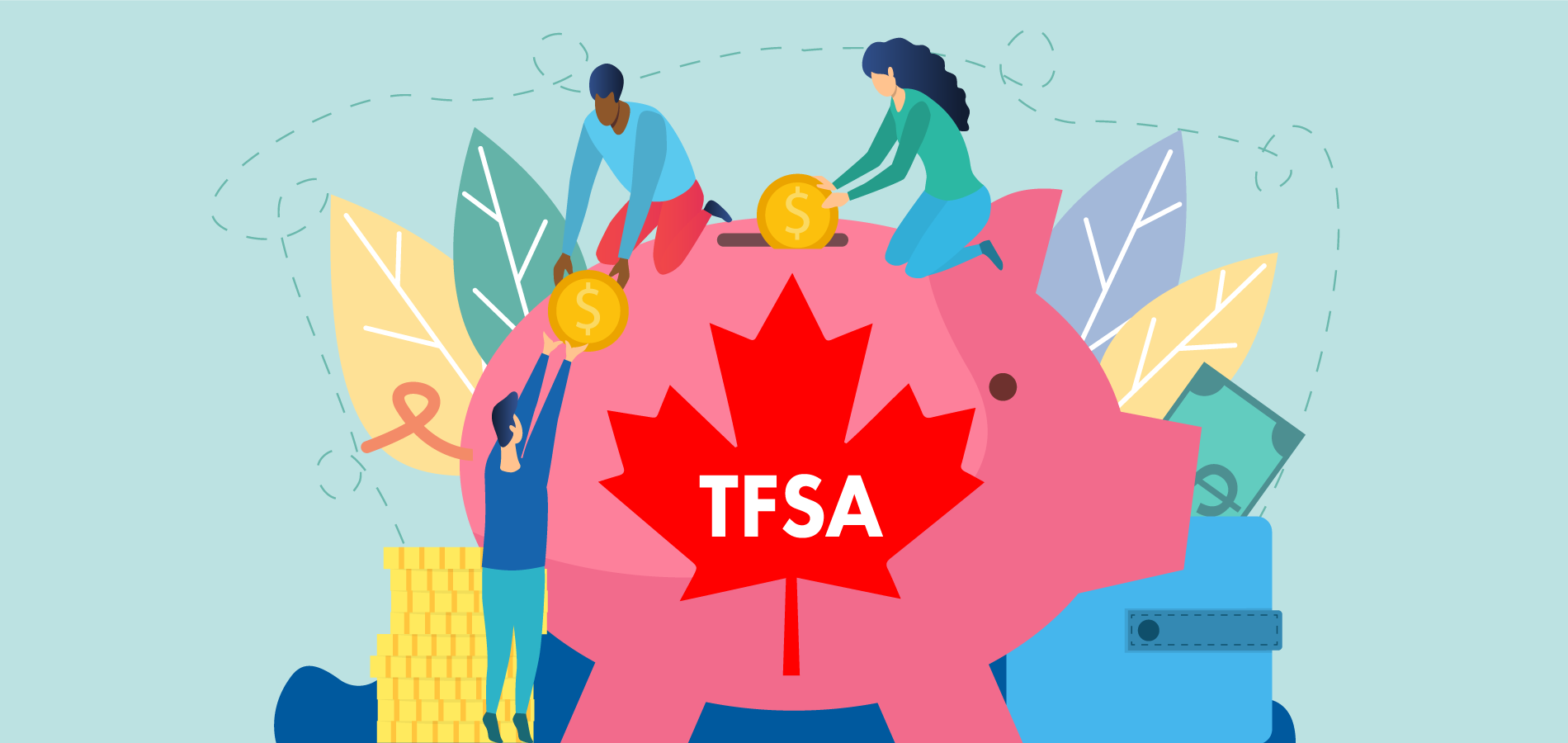Many small businesses take on debt to get started, expand their operations or increase marketing. During the pandemic, some needed to borrow just to stay afloat. With Covid starting to fade into the background, firms face an important deadline this year – repayment of loans made by the federal government under the Canada Emergency Business Account program.
In this article, we’ll look at how much small business debt you should take on. And we’ll provide vital information if you own one of the 900,000 Canadian small businesses that took out a CEBA loan during the pandemic.
How much debt do most small businesses have?
Small business debt is on the rise, according to Statistics Canada. Private non-financial corporations owed about $600 billion in 2007. By the start of the Covid shutdown in March 2020, the outstanding debt totaled $1.7 trillion.
Due largely to the ravages of the pandemic, the Canadian Federation of Independent Business calculated that the average small business debt was $177,000 in 2021. The situation was even tougher for firms in the hospitality sector, such as restaurants and hotels, because they had to close or have severely restricted operations for extended periods. The debt of hospitality companies averaged $333,000 at the end of 2021.
How much debt should a small business have?
A common way to answer this question is to divide total liabilities (which include debt) by shareholder equity. A ratio of 2 or 2.5 is considered healthy. This means that for each dollar invested by the company, 66 cents comes from debt and 33 cents is from equity. A ratio of 5 or higher is worrisome – it means there is a lot of debt but not much equity value in the company. The BDC offers a calculator so that you can figure out your debt ratio.
Is it getting more expensive to carry small business debt?
Definitely. During the pandemic, the prime rate dipped as low as 2.45 percent. That was in December 2020. Most recently, the bank of Canada has raised the prime rate dramatically in a bid to tame the ravages of inflation. It’s currently 6.45 percent. That means that you will be paying a lot more interest on any line of credit or variable rate loans.
What are the most common forms of debt financing for a small business?
Many businesses rely on friends and family to provide cash to get started. This can be beneficial because relatives may be willing to provide loans with little or no interest charges. Of course, if you are unable to repay the loan, you risk causing a huge family rift. Carefully consider if you really want to go this route.
Then there is debt financing for small business. With a bank loan, you will be required to make regular interest payments and eventually repay the principal. The interest rate will depend on both the current prime rate in Canada and your company’s credit score. If you don’t have a substantial credit history, the bank may ask you to personally guarantee the loan.
A line of credit is a good alternative to a fixed loan. You can simply dip into the line when you have a cash crunch. This means that you only pay interest on the balance outstanding. However, lines of credit usually have variable interest rates; with rates rising dramatically in recent months, you are probably paying more in interest charges.
You can even make a personal loan from your own bank account to your small business. Just be sure to keep proper records. You don’t want to face a tax hit when you withdraw the money from the business account to repay yourself.
Equity financing is an alternative to taking on debt. Businesses can sell shares in return for an injection of cash from a venture capital firm or angel investor. This does not have to be repaid, but the investor will be expecting dividends if the firm is profitable and will hope to sell their shares at a higher price down the road. Of course, investors aren’t interested in just any business, such as a corner store; they want to put money into firms that have huge growth potential. This could include companies that have invented a dynamic new product or technology firms that have created breakthrough software programs.
When does my company have to repay the CEBA loan?
If you took out a CEBA loan during the pandemic, there’s good news and bad news. The good news is that part of the CEBA loan will be forgiven if you pay it back. In other words, there’s small business debt relief. The bad news is that the repayment deadline is now less than a year away – Dec. 31, 2023.
How does CEBA loan forgiveness work?
During the pandemic, the federal government offered interest-free CEBA loans up to $60,000 for small businesses and non-profit organizations. Your firm can receive loan forgiveness on up to 33 percent of the total (up to $20,000) provided that you pay the remainder by the end of the year. You can check your status with your financial institution.
What happens if I can’t repay my CEBA loan by the end of 2023?
Most importantly, you will lose the opportunity for the forgiveness of up to $20,000. So, make every effort to repay the remainder of the loan so that you can take advantage of this “free” money.
However, if that’s not possible the CEBA program does offer some breaks. Currently, loan recipients are paying zero interest and that continues until Dec. 31. If you have a balance owing at the end of the year, you will be required to make interest-only payments starting in January, 2024. The interest rate will be 5 percent. That’s a great deal considering that the prime rate is currently 6.45 percent and businesses usually have to pay one or two percentage points more than that.
Here's the ultimate bad news, however. The principal must be repaid by the end of 2025. So, you have a little under three years to clear your CEBA loan.
In summary: Small business debt in Canada
With interest rates rising dramatically in recent months, you may be paying more to service your small business debt. Therefore, this is a good time to look into whether you can reduce your debt by selling shares to angel investors. In addition, if you took out a government-backed CEBA loan during the pandemic, the repayment deadline is Dec. 31, 2023.





